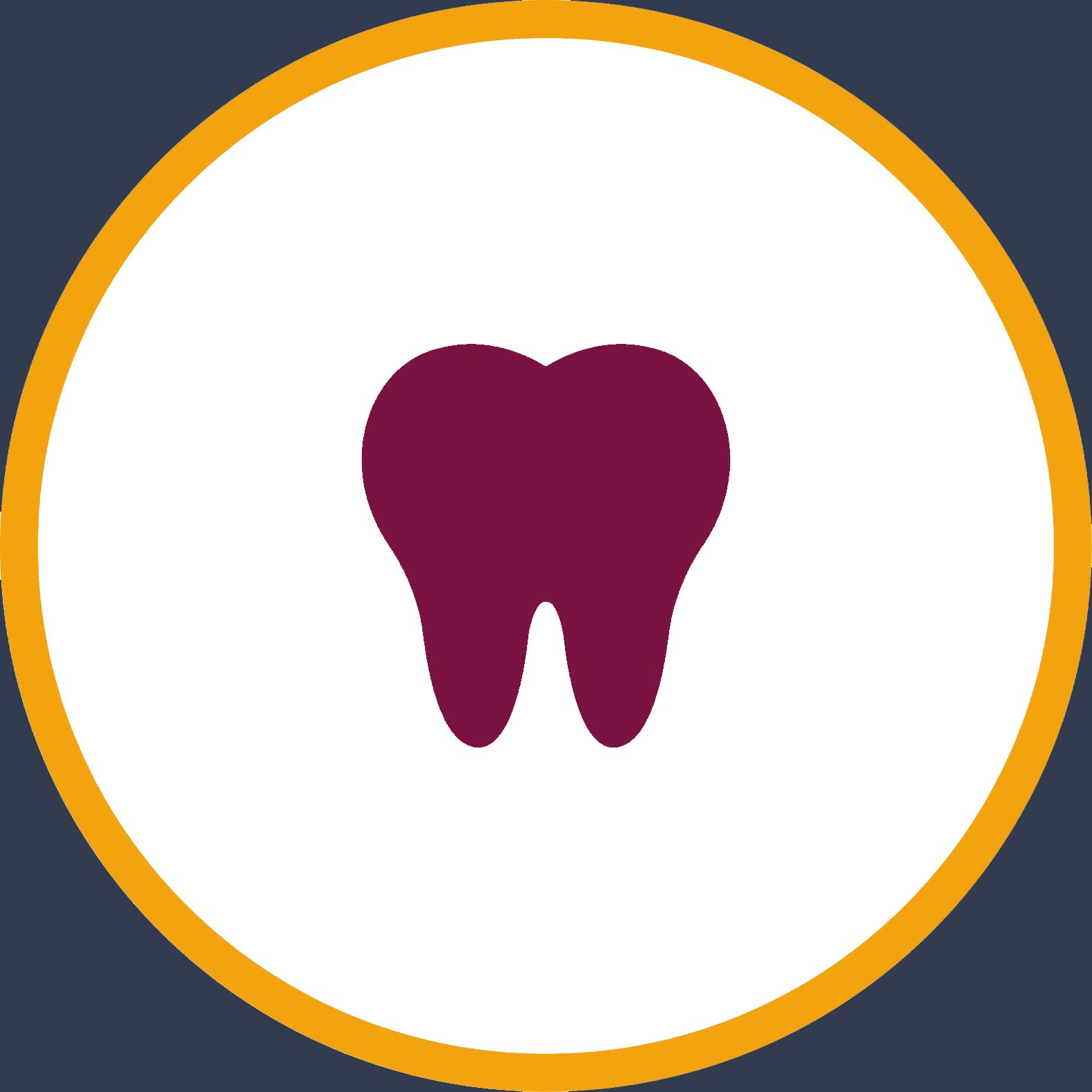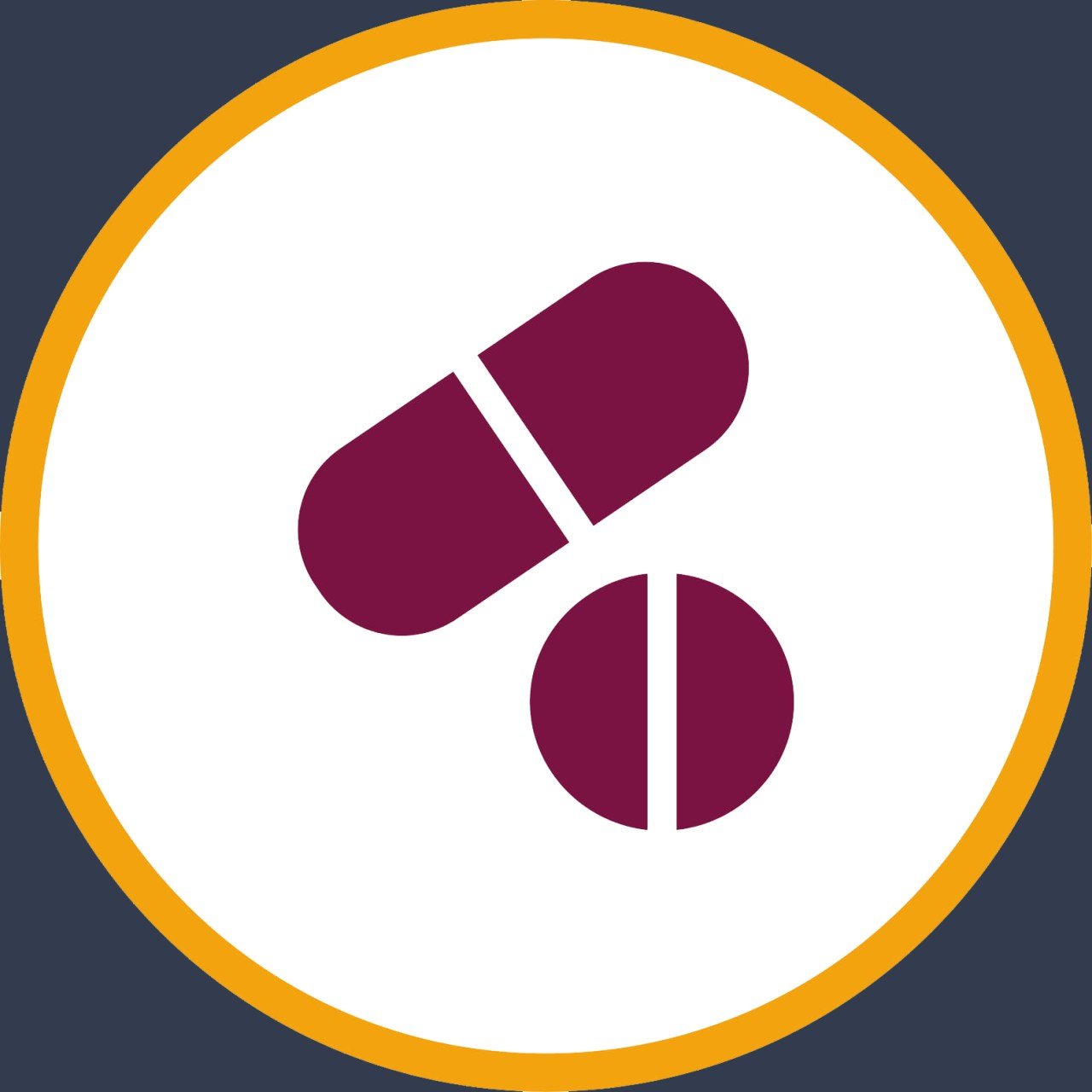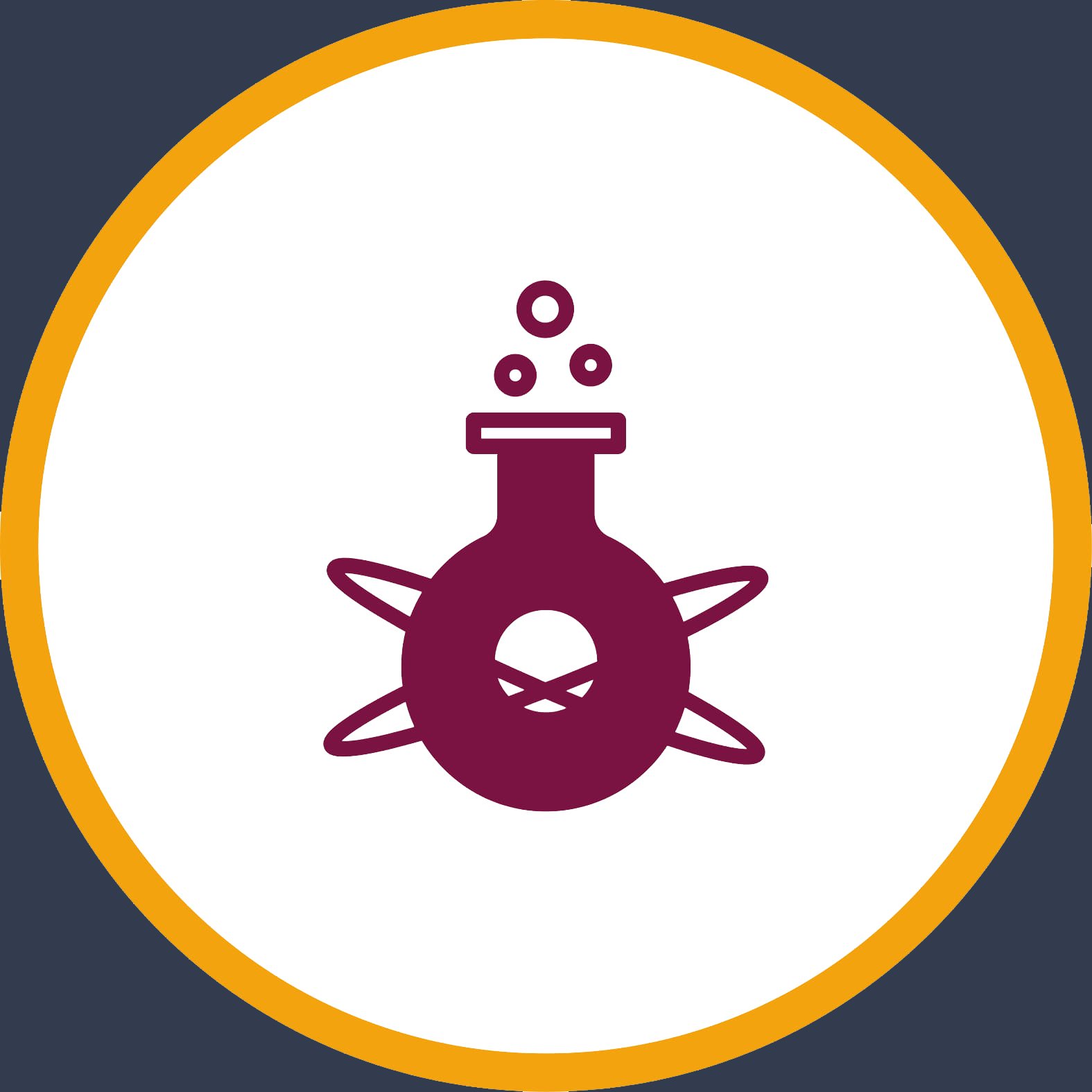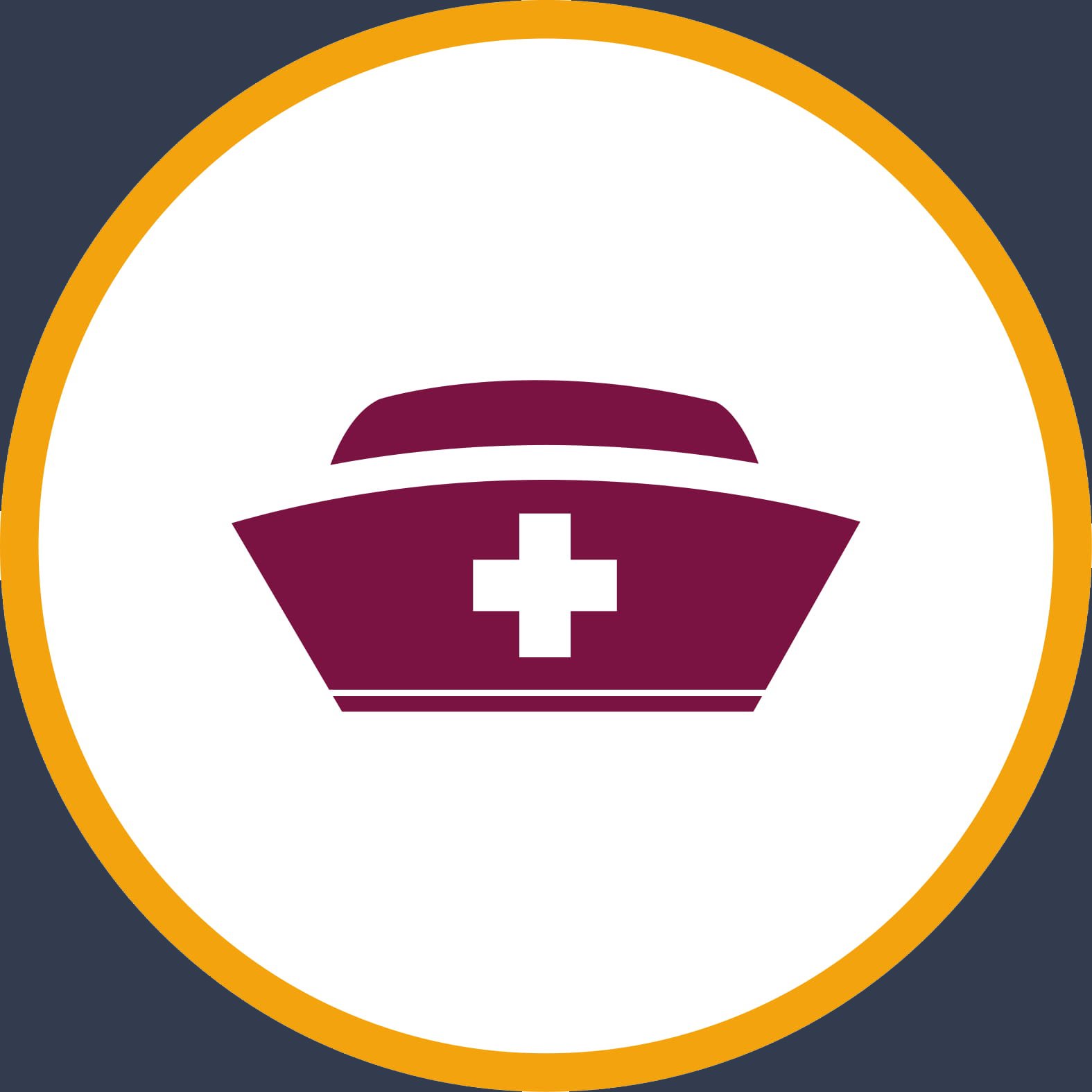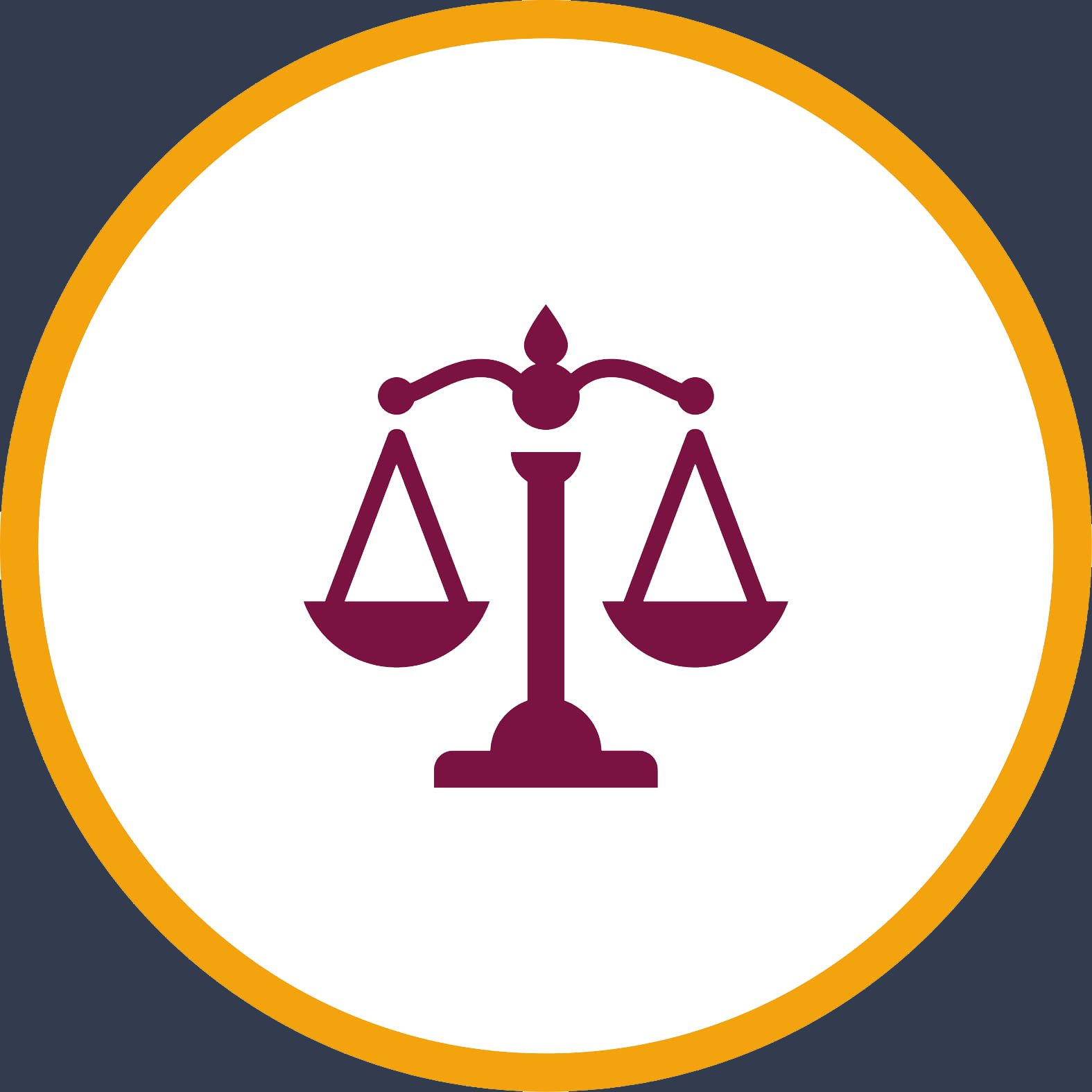| Course Name: |
COMPARATIVE ANATOMY OF CHORDATES I |
| Code |
Regular Semester |
Theoretical |
Practical |
Credits |
ECTS |
| BIO 403 |
7 |
2 |
2 |
3 |
5 |
|
| Name of Lecturer(s): |
Sawsan Hamed |
| Teaching Assistant: |
Gashen Bakhtyar |
| Course Language: |
English |
| Course Type: |
Main |
| Office Hours |
Thursday 09:00 – 11:00 |
| Contact Email: |
[email protected]
Tel:07502268571 |
| Teacher’s academic profile: |
Master of Science |
| Course Objectives: |
Comparative anatomy is the study of similarities and differences in the anatomy of organisms. It is also concerns the study of multiple species in the phylum of chordate to understand the similarities and differences between them, in order to analyze their evolutionary developments. The students have to study these species which they all share a common ancestry and many structural similarities and through the study of the anatomical structures of these species (animals) to know how related they are. Thus, the main objective of the course is to provide the students with effective texts that are relevant to promote efficient learning and understanding of the subject. At the end of this course the students should be able to: 1. Understand some scientific terms and definitions 2. Classify all the species under the phylum of chordate. 3. Understand the characteristics of all the chordate species 4. Compare anatomically between all the chordates species. 5. Describe all the different body parts of all the species under the phylum of chordate 6. Understanding the differences and similarities between the major groups of various species of chordates. 7. Describes and distinguish between all different groups of fish, amphibians, birds, mammals. 8. Handle all the specimens provided during the labs. 9. Understand and describe all the samples provided in the lab. 10. Dissect some organisms to study and compare their organs. |
| Course Description (Course overview): |
Comparative anatomy is the study of similarities and differences in the anatomy of organisms. It is closely related to evolutionary biology and phylogeny (the evolution of species). Two major concepts of comparative anatomy are: Homologous structures – structures (body parts/anatomy) which are similar in different species because the species have common descent. They may or may not perform the same function. An example is the forelimb structure shared by cats and whales. |
COURSE CONTENT
| Week |
Hour |
Date |
Topic |
| 1 |
2 |
2-6/10/2022 |
Introduction to Chordates & Characteristics of the Chordates |
| 2 |
2 |
9-13/10/2022 |
Classification of the Chordates |
|
| 3 |
2 |
16-20/10/2022 |
Subphylum Urochordate characteristic & classification |
| 4 |
2 |
23-27/10/2022 |
Subphylum Cephalochordate characteristic & classification |
|
| 5 |
2 |
30/10-3/11/2022 |
Vertebrates, class: Agnatha |
| 6 |
2 |
6-10/11/2022 |
Cartilaginous Fishes: Class Chondrichthyes |
|
| 7 |
2 |
13-17/11/2022 |
Midterm Exam |
| 8 |
2 |
20-24/11/2022 |
Bony Fishes: Class: Osteichthyes |
|
| 9 |
2 |
27/11-1/12/2022 |
Class Amphibia |
| 10 |
2 |
4-8/12/2022 |
Class Reptilia |
|
| 11 |
2 |
11-15/12/2022 |
Class Aves |
| 12 |
2 |
18-22/12/2022 |
Class Aves |
|
| 13 |
2 |
25-29/12/2022 |
Class mammals |
| 14 |
2 |
1-5/1/2023 |
Class mammals |
|
| 15 |
2 |
8-12/1/2023 |
Final Exam |
| 16 |
2 |
15-19/1/2023 |
Final Exam |
|
|
COURSE/STUDENT LEARNING OUTCOMES
|
|
| 1 |
Classify the species of the Chordates. |
| 2 |
Understand two major concepts of comparative anatomy are: Homologous structures – analogous tructures |
| 3 |
Understand comparative anatomy functionally and evolutionary. |
| 4 |
Learn fundamental steps in vertebrate development from fertilization to organs development. |
| 5 |
Describe the vertebrate structures and relate morphology, function and evolution |
|
COURSE’S CONTRIBUTION TO PROGRAM OUTCOMES
(Blank : no contribution, I: Introduction, P: Profecient, A: Advanced )
|
Program Learning Outcomes |
Cont. |
| 1 |
Write accurately and clearly about biology topics that conform to the scientific conventions of that field. |
P |
| 2 |
Describe the molecular components of living things, their heredity transformations and the main concerns in these biological process |
A |
| 3 |
Identify and analyze the microorganisms including bacteria, fungi and virus and their roles in nature. |
|
| 4 |
Characterize the features of plant organs/tissues/cells/organelles involved in cellular respiration, photosynthesis, reproduction and growth. |
|
| 5 |
Describe the micro and macro anatomy of the living systems and recognize the relationship between structure and function at all biological systems and levels. |
A |
| 6 |
Apply safety and proper techniques in the laboratory, and report the results of conducted experiments. |
P |
| 7 |
Use appropriate methods and techniques to improve their students’ critical thinking, creative thinking and problem-solving skills. |
P |
| 8 |
Effectively organize and manage classrooms. |
P |
| 9 |
Use required methods and techniques for student-centered teaching by considering individual and cultural differences of students. |
P |
| 10 |
Develop research studies that applies quantitative or qualitative research methods that address research questions in the field. |
P |
|
| Prerequisites (Course Reading List and References): |
Dale W. Fishbeck and Aurora Sebastiani.(2015). Comparative Anatomy: Manual of Vertebrate Dissection. Comparative anatomy | Definition, Examples, & Facts | Britannicahttps://britannica.com › science › comparative-anatomy |
| Student’s obligation (Special Requirements): |
Textbook, class attendance at every session, full participation, satisfactory completion of five examinations, including the mid-Term, final Exam, quizzes, and assignments. |
| Weekly Laboratory/Practice Plan: |
| Week |
Hour |
Date |
Topics |
| 1 |
2 |
2-6/10/2022 |
Introduction to chordate |
| 2 |
2 |
9-13/10/2022 |
Chordate characteristics |
|
| 3 |
2 |
16-20/10/2022 |
Classification of the Chordates |
| 4 |
2 |
23-27/10/2022 |
Subphylum Urochordata characteristic & classification Subphylum Cephalochordata characteristic & classification |
|
| 5 |
2 |
30/10-3/11/2022 |
Vertebrates, class: Agnatha |
| 6 |
2 |
6-10/11/2022 |
Cartilaginous Fishes: Class Chondrichthyes |
|
| 7 |
2 |
13-17/11/2022 |
Bony Fishes: Class: Osteichthyes |
| 8 |
2 |
20-24/11/2022 |
Class Amphibia |
|
| 9 |
2 |
27/11-1/12/2022 |
mid term exam |
| 10 |
2 |
4-8/12/2022 |
Class Reptilia |
|
| 11 |
2 |
11-15/12/2022 |
Class Reptilia |
| 12 |
2 |
18-22/12/2022 |
Class aves |
|
| 13 |
2 |
25-29/12/2022 |
Class aves |
| 14 |
2 |
1-5/1/2023 |
Class mammals |
|
| 15 |
2 |
8-12/1/2023 |
Class mammals |
| 16 |
2 |
15-19/1/2023 |
Final exam |
|
|
| Course Book/Textbook: |
1.Charles K. Weichert (2017). Elements of chordate anatomy. 3rd edition. The McGraw−Hill Companies, New york. 2. Kardong, Kenneth V. (2019). Vertebrates: comparative anatomy, function, evolution (8th edition). New York. 3. Kenneth, S. S. (2017). Anatomy & physiology: The unity of form and function. 8th edition. The McGraw−Hill Companies. New York. 4. Comparative anatomy; Definition, Examples, & Facts. Britannicahttps://britannica.com › science › comparative-anatomy. |
| Other Course Materials/References: |
-De Iuliis, G., & Pulerà, D. (2019). The dissection of vertebrates. 3rd edition. Academic press. Elsevier, London. – Dale W. Fishbeck and Aurora Sebastiani.(2015). Comparative Anatomy: Manual of Vertebrate Dissection. |
| Teaching Methods (Forms of Teaching): |
Lectures, Practical sessions, Presentation, Seminar, Project, Assignments, , , |
COURSE EVALUATION CRITERIA
| Method |
Quantity |
Percentage (%) |
| Participation |
1 |
5 |
| Quiz |
1 |
5 |
| Homework |
1 |
5 |
| Project |
1 |
5 |
| Midterm Exam |
1 |
20 |
| Practical Exam |
1 |
20 |
| Final Exam |
1 |
40 |
| Total |
100 |
|
Examinations: Essay Questions, True-False, Fill in the Blanks, Multiple Choices, Short Answers, Matching, Listing down, Differentiation , Drawing and labelling |
|
| Extra Notes:
|
ECTS (ALLOCATED BASED ON STUDENT) WORKLOAD
| Activities |
Quantity |
Workload Hours for 1 quantity* |
Total Workload |
| Theoretical Hours |
16 |
2 |
32 |
| Practical Hours |
16 |
2 |
16 |
| Final Exam |
1 |
16 |
16 |
| Participation |
1 |
32 |
32 |
| Quiz |
1 |
5 |
5 |
| Homework |
1 |
5 |
5 |
| Project |
1 |
5 |
5 |
| Midterm Exam |
1 |
8 |
8 |
| Practical Exam |
1 |
8 |
8 |
| Total Workload |
127 |
| ECTS Credit (Total workload/25) |
5 |
|

